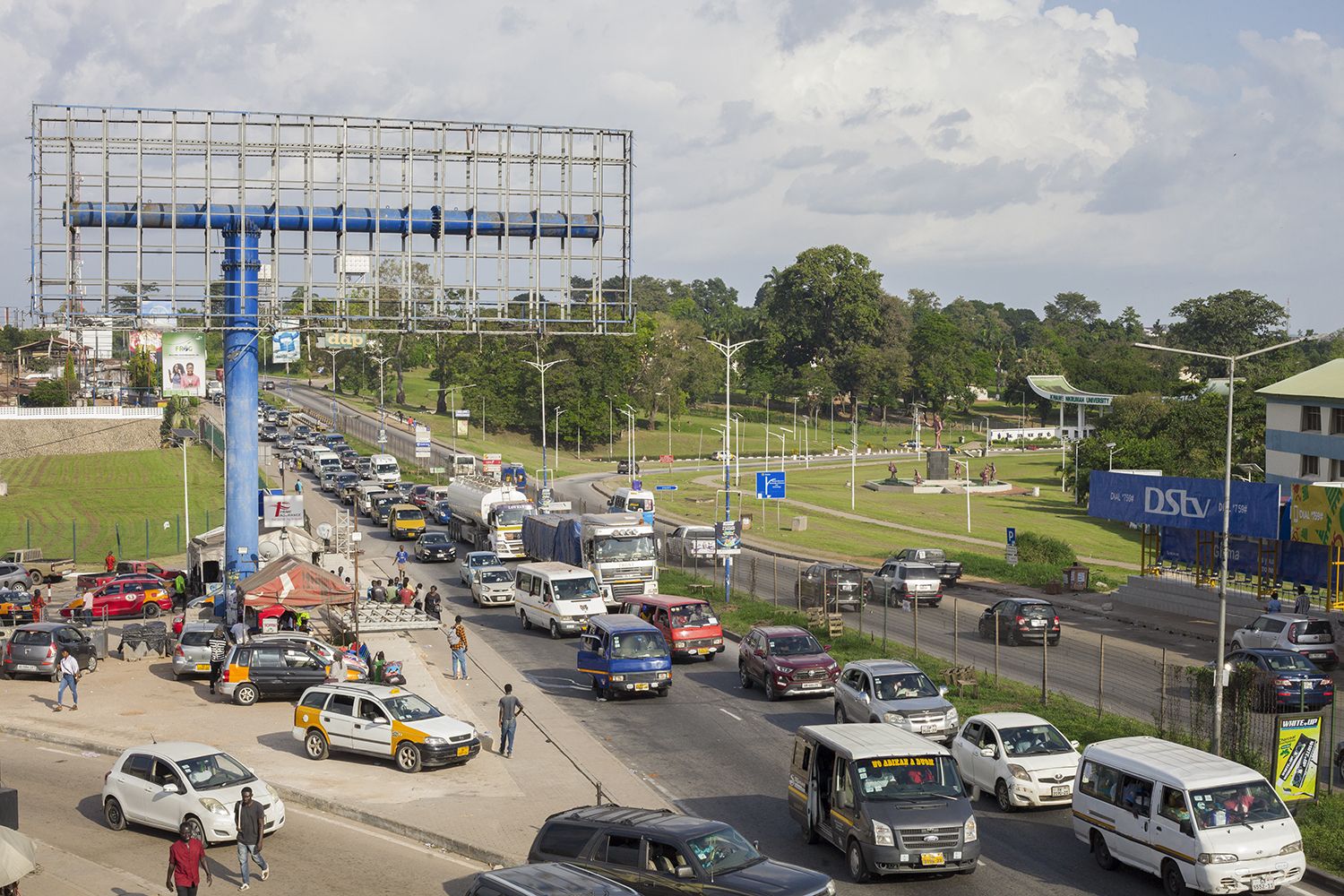The phrase can be traced to Dr. Ephraim Amu’s Ayan poem, which served as the drum call in the pioneering years of the university. “From forest to faculty” is also the title of the documentary commissioned in 1977 by the university and directed by the Ghanaian cinematographer Charles Owusu. The appellation also served as the subtitle for the Opoku Ware II Museum’s (also known as KNUST Museum) exhibition that opened on November 24, 2019, with the theme “Dignity in Labour: From Forest to Faculty.”
Interviews by Bright Ahadzivia and Korkor Ebeheakey (April-May, 2023) and Korkor Ebeheakey with Łukasz Stanek (June 2023). Assistance by Joshua Cann Lamptey.
Interview (anonymized) by Łukasz Stanek, June 2023.
Interview by Korkor Ebeheakey with Łukasz Stanek, June 2023.
Ibid.
Letter from Martin Nobio, May 26, 1972.
J. P. Andrews, “Principal’s Address,” October 31, 1953.
Interview (anonymized) by Łukasz Stanek, March 2022.
The Gift: Stories of Generosity and Violence in Architecture, Architekturmuseum der TUM in the Pinakothek der Moderne, February 28-September 8, 2024, curated by Damjan Kokalevski and Łukasz Stanek.
Interview (anonymized) by Łukasz Stanek, March 2022.
